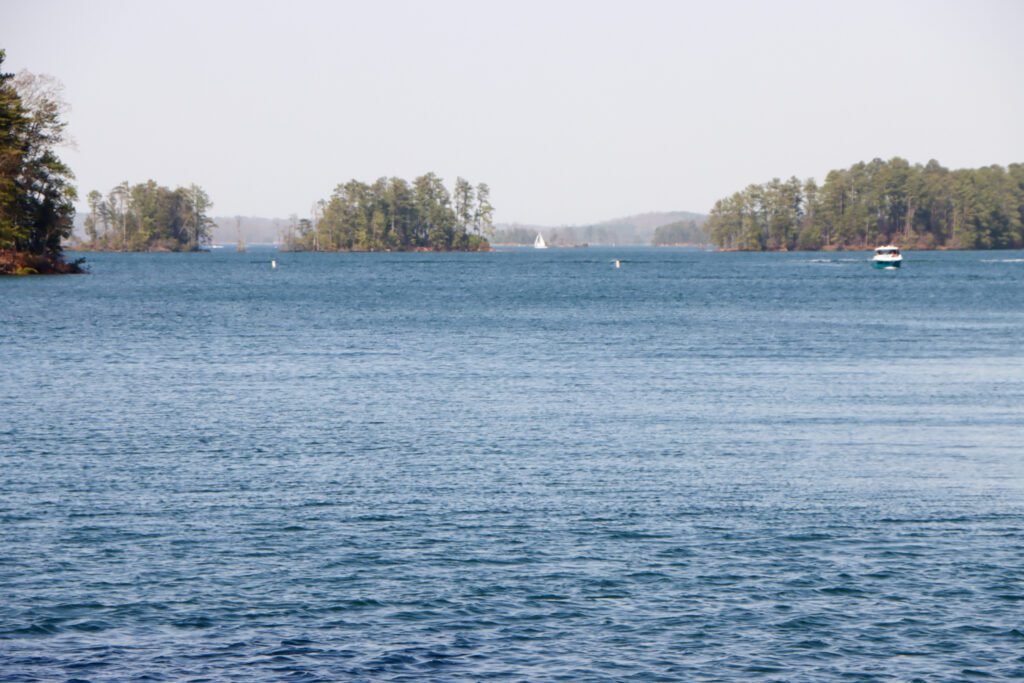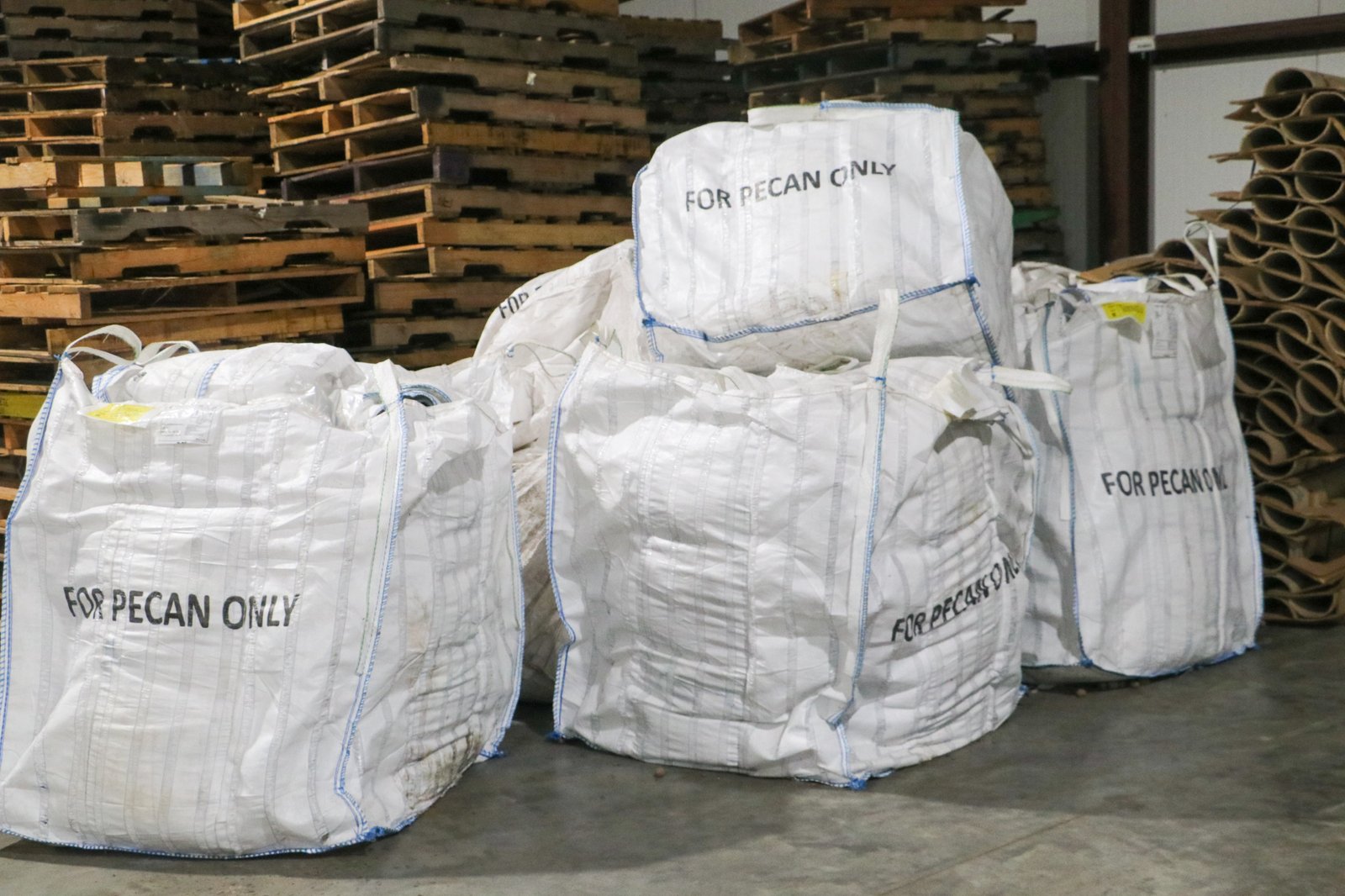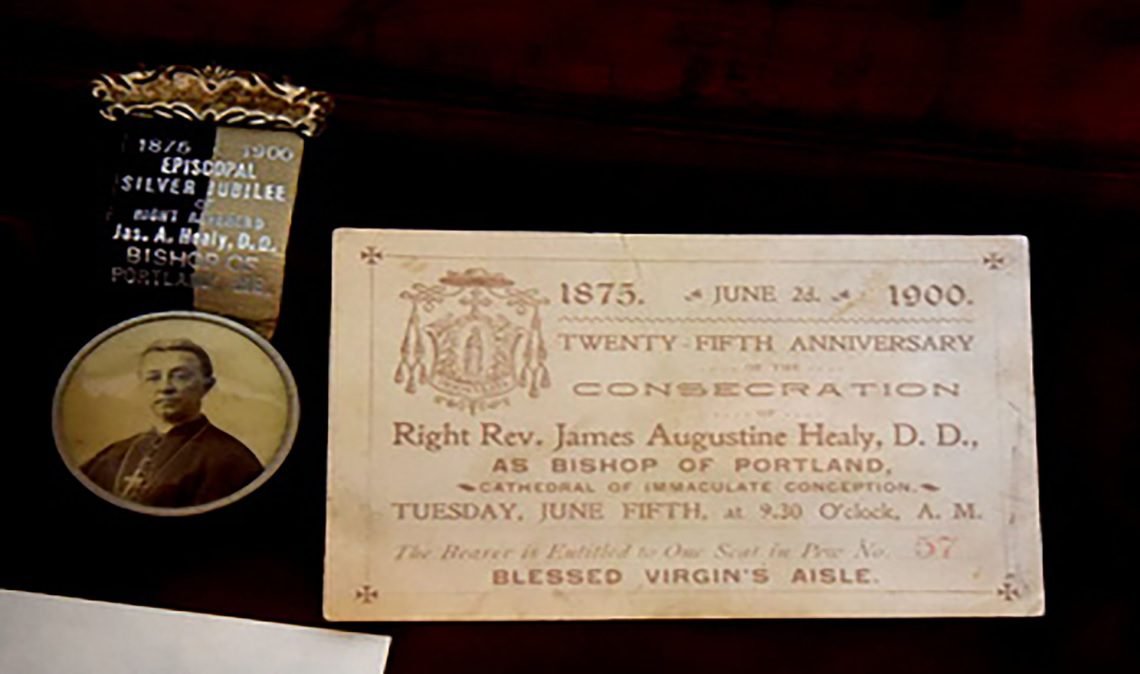
By Milton Kirby | Atlanta, GA | March 24, 2025
Lake Lanier is often called Georgia’s playground—38,000 acres of water and 692 miles of shoreline that draw over 30 million visitors annually, even more than Niagara Falls. Officially named Lake Sidney Lanier, it honors a Confederate soldier, poet, and musician, a choice that reflects another complicated legacy. Just 50 miles north of downtown Atlanta, the lake is now a thriving resort area and scenic escape—yet its beauty obscures the troubled history beneath its waters and the name it bears.
But beneath its shimmering surface lies a history far less serene—one marked by racial terror, forced displacement, and the erasure of a once-thriving Black community named Oscarville. This is not just a lake. It is a flooded ledger of lives uprooted and stories buried, still seeking air.
The Making of Lake Lanier: Progress at an inhumane Cost
Lake Lanier was born of ambition and necessity. In 1946, the U.S. Army Corps of Engineers launched a project to control flooding, generate hydroelectric power, and supply water to a rapidly expanding Atlanta. The Buford Dam, completed in 1956 on the Chattahoochee River, made it possible.
The construction was vast. Crews built three saddle dikes, new bridges and roads, and excavated land for a power station. The price of progress was steep: 56,000 acres of land were seized—often through the forced hand of eminent domain. More than 250 families were displaced, 15 businesses were closed, and 20 cemeteries were moved. Thousands of lives were disrupted. Homes, churches, and entire communities were cleared to make way for a reservoir.
By August 1, 1958, the lake had reached its full pool elevation of 1,071 feet. What remained under the water were not only roads and buildings—but histories, headstones, and unanswered questions.

Oscarville: A Community Buried but not Forgotten
Before the lake, there was Oscarville.
Founded during Reconstruction, Oscarville was a flourishing Black agricultural town. It stood as a testament to resilience in the face of systemic oppression. By 1911, its roughly 1,100 residents had built a thriving local economy. Fifty-eight families owned land. Others worked as sharecroppers, poultry farmers, carpenters, and cotton hands. They built schools, churches, and lives filled with dignity and hope.
But in 1912, that hope was shattered by a wave of white supremacist violence that would drive nearly every Black resident from Forsyth County—and from Oscarville itself..
The Racial Cleansing of 1912
The violence began with the assault and death of 18-year-old Mae Crow, a white woman. Three Black teenagers—Rob Edwards, Ernest Knox, and Oscar Daniel—were arrested. Before a trial could begin, a white mob lynched Edwards in the town square of Cumming. Knox and Daniel, both under 18, were quickly convicted by an all-white jury and publicly hanged.
What followed was a campaign of racial terror. White vigilantes calling themselves “night riders” looted homes, burned Black churches, and issued ultimatums: leave or die. Over 1,000 Black residents were expelled in just three months. Their land was abandoned, stolen, or sold under duress.
Oscarville, like other Black towns across the South, was wiped off the map—not by natural disaster or economic collapse, but by deliberate racial cleansing.
A Lake Built on Dispossession racial hatred
Decades later, that same land—emptied by violence—was sold or seized for the Lake Lanier project. Cemeteries were relocated, but many graves may still lie beneath the water. Submerged buildings, roads, and foundations remain intact under the lakebed, adding to the lake’s reputation for mystery—and its eerie nickname: haunted.
But this is no ghost story. It is a story of stolen legacies and the silent weight of injustice.
Today’s Lake, and the Communities It Now Serves
Today, Lake Lanier is a vital resource. It provides drinking water for nearly 6 million people and supports hydroelectric power, tourism, and recreation. Towns like Buford, Gainesville, and Cumming benefit from its presence, with marinas, lakefront homes, and rental cabins lining its shores.
The Lake Lanier Islands were created following the completion of Buford Dam in 1956. When the reservoir, Lake Sidney Lanier, was filled with water from the Chattahoochee River, the rising waters submerged vast portions of North Georgia. The high ground that remained above water became a scattering of islands — essentially, the former mountaintops of the region.
Development and Governance: LLIDA
In1962, the Lake Lanier Islands Development Authority (LLIDA) was established by the Georgia General Assembly as a state agency. Its mission was clear:
“To plan, develop, and operate four islands in the southern portion of Lake Sidney Lanier for resort and recreation purposes and to enhance the tourism potential of North Georgia.”
LLIDA oversaw the early development of the islands, initiating projects like:
- The PineIsle Resort
- The beach and its expansions
- The entrance bridge
- Waterpark attractions (now part of Margaritaville at Lanier Islands)
- The Legacy Lodge (formerly Emerald Pointe)
- Golf courses and equestrian stables
Initially, some operations were leased to concessionaires, but LLIDA resumed direct control in the 1980s. By the mid-1990s, LLIDA entered into a privatization agreement with KSL Lake Lanier, Inc., signaling a new era of resort management.
Ownership: The Williams Family & LLIMC
In August 2005, Georgia businessman Virgil Williams purchased the Lake Lanier Islands resort complex from KSL Corporation for $14.5 million. The acquisition was made through his company, the Lake Lanier Islands Management Company (LLIMC)— a local, family-operated business.
Under along-term lease and management agreement with LLIDA, LLIMC now:
- Oversees daily operations
- Manages long-term development strategies
- Maintains the resort’s public-private partnership with the state
Amenities & Attractions at the Islands
Lake Lanier Islands offers a vast array of activities and accommodations, including:
Game Changer Arcade and Bar
A lively indoor attraction featuring:
- Axe Throwing
- Virtual Sports Suites
- Duckpin Bowling
- Arcade Games
- On-site restaurant and bar
Legacy Lodge & Guest Exclusives
Guests of the Legacy Lodge, Legacy Villas, and LakeHouses at Legacy enjoy:
- A 24-hour saltwater lounging pool
- Poolside service from Bullfrog’s Bar
- A 6-court pickleball venue
- A 24/7 business center with free Wi-Fi, charging stations, and printer access
Additional Resort Features
- Margaritaville at Lanier Islands water park
- Lakefront dining and boating
- Golf courses and trails
- Special seasonal events and group activities
Revenue From Parking Fees Alone
One of the resort’s most straightforward — yet substantial — revenue streams is its daily parking fee of $20 per vehicle. With an estimated 30 million visitors to Lake Lanier each year, the potential income from parking fees is staggering.
By the Numbers:
- If just 15 million vehicles (half the visitor count) pay the fee:
- 15 million x $20 = $300 million per year
- If every visitor arrives by car and pays:
- 30 million x $20 = $600 million per year
Even under conservative estimates, the annual revenue from parking fees alone may exceed hundreds of millions of dollars, not including resort stays, dining, attractions, or retail.
But amid the jet skis and fishing tournaments, the story of Oscarville is often forgotten—or worse, never told.
Reclaiming the Past, One Story at a Time
In recent years, historians, educators, and community leaders have begun to reclaim Oscarville’s story. Efforts to memorialize the lost town are growing. Documentaries, articles, and educational programs are shifting the narrative—moving away from myths of hauntings and toward historical truth.
Oscarville was not a legend. It was a living, breathing community, destroyed by fear and greed, not by fate.
A Legacy That Refuses to Sink
Lake Lanier will always shimmer with beauty. But beneath its surface lies a reckoning still in progress. The story of Oscarville is not just about what was lost, but about what still lives—in memory, in truth, and in the movement to honor those who were forcibly silenced.
What lies beneath is more than water. It is a legacy. One that must not be forgotten.








